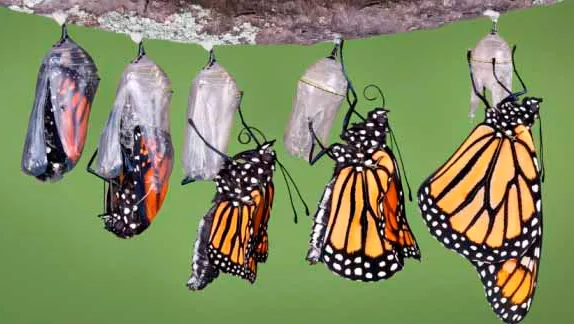You can expect to see a lot fewer monarch butterflies returning to BC this spring, judging by bad news from Mexico.
Environment Canada researcher Greg Mitchell was there this winter for the annual Monarch butterfly count. Monarchs from all over North America, including BC, migrate south every fall to winter in a few hectares of forest in central Mexico.
Mitchell says the winter population this year is the second-lowest count ever recorded, describing their wintering grounds in the Oyamel Fir Forests of Mexico as an ‘empty cathedral.’
Monarch populations have declined drastically in recent years, raising concerns about the survival of the iconic species, which ranges all across North America. A decline in milkweed thanks to increased herbicide use is believed to be a major factor, along with climate change and habitat loss.
One way people in Canada can help is to plant milkweed in their gardens. The plant is crucial for Monarch butterflies — it’s the only plant on which they lay their eggs, and the only plant newly-hatched caterpillars will eat. The toxins in the milkweed plant are absorbed by the caterpillars, making them, and later their butterfly form, taste terrible to predators.
Adult Monarchs also need a variety of flowering plants to provide the nectar on which they feed. You can obtain milkweed, native plants and wildflowers from your local garden center or native plant society.
Visit Environment Canada’s website about the butterflies for more information.




